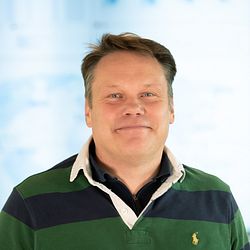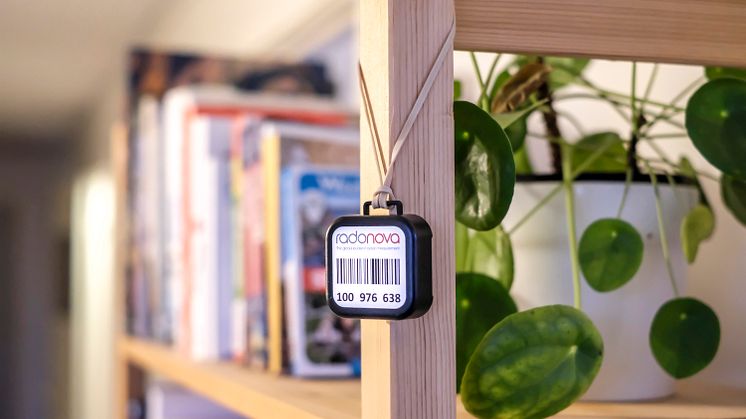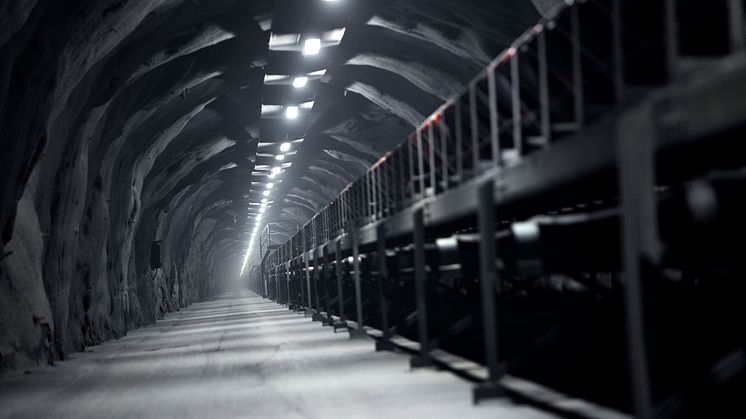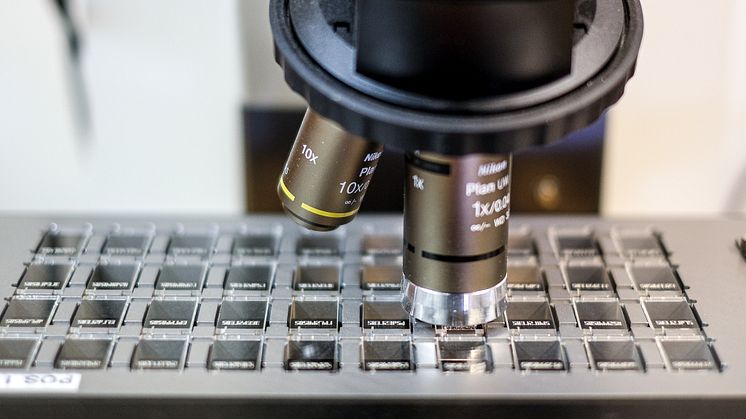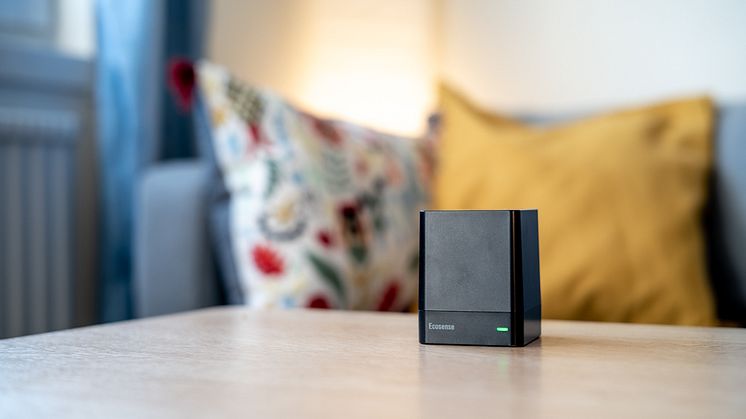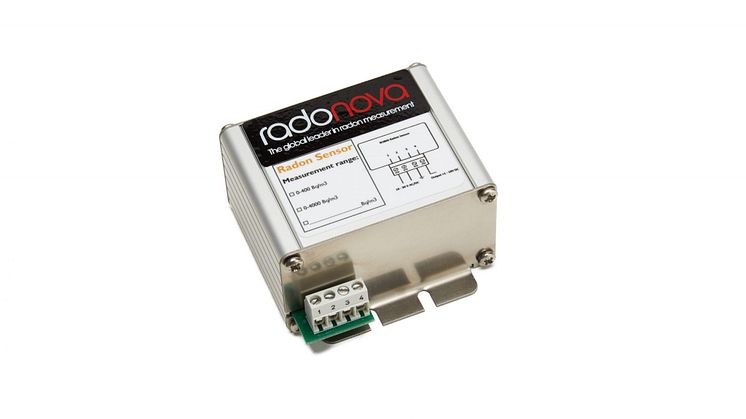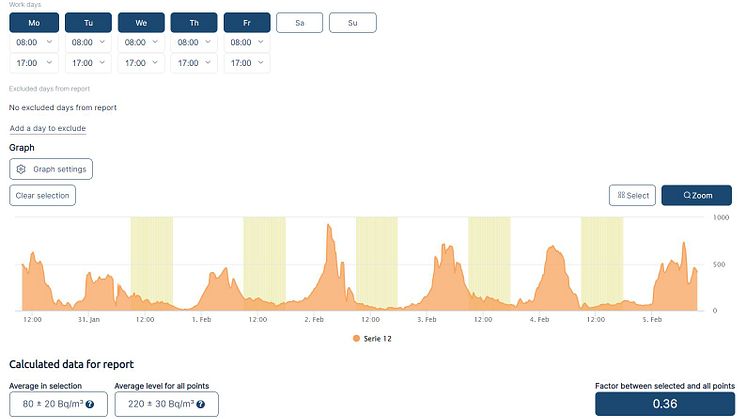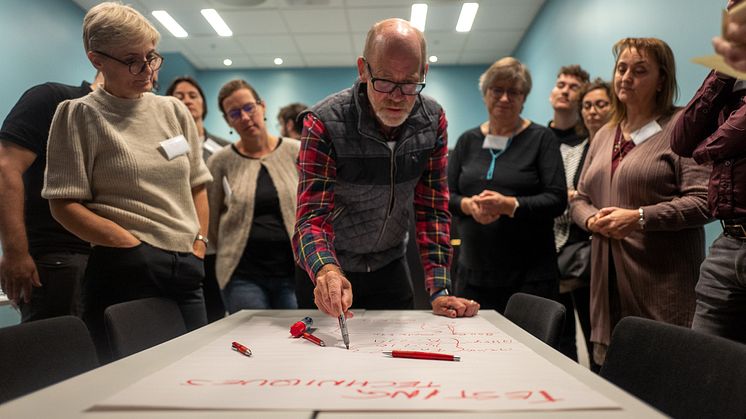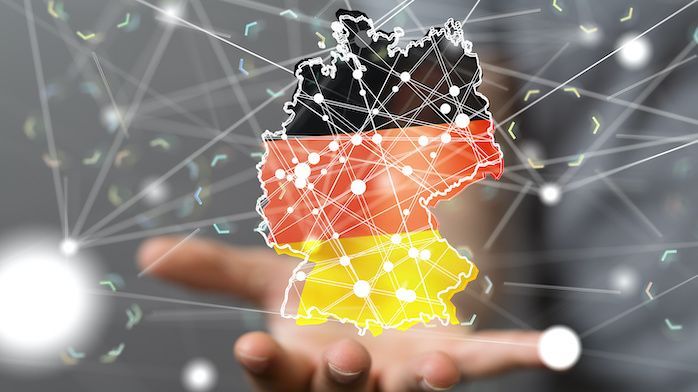
Blog post -
How effective are radon maps and what do they represent?
In many countries across the world, authorities have designed a wide variety of national radon maps that are used to illustrate radon priority areas. A recent paper published by Eric Petermann, Peter Bossew, and Bernd Hoffmann from BfS, Germany, questions the effectiveness of radon maps and whether they are having the desired impact on the public.
Understanding radon maps
Radon maps often identify areas where the risk of high indoor radon level is probable, based on factors such as indoor measurements, soil measurements or simply the geology of the area. As such, radon maps are presenting data based on the possibility of potential risk. They are not truly factual representations.
Generally, this is not understood by most people who tend to believe that radon priority areas are locations where radon is an issue, and non-priority areas are deemed to be absent of radon and therefore people should not be concerned. The recent paper published by BfS indicates that radon maps are creating public misconceptions. It goes on to state that in Germany the harmful effects of radon exposure are affecting more people that live outside of radon priority areas, than people living inside radon priority areas.
Measuring for radon is the only way to determine risk
Radon levels can vary drastically during the day and even from room to room in the same building. Soil and ground characteristics are not the only factors that can cause elevated levels of indoor radon. For instance, the structure of a building or quality of ventilation should be considered when evaluating risk. Therefore, the only way to identify radon health risk is to conduct a measurement.
World leaders in radon measurement
Radonova measures radon in more than 80 countries across the world and is the industry leader in countries like Sweden and Switzerland which have a long tradition in conducting radon measurements. The experience and knowledge built up over many years in these countries has led the authorities to make radon measurement mandatory in both priority and non-priority radon areas, ensuring there is no reliance on radon maps.
Trust the global leader and start measuring for radon now.
Read the original article here.
